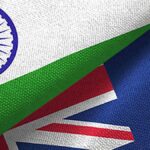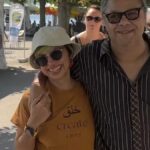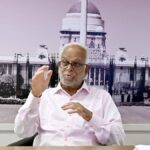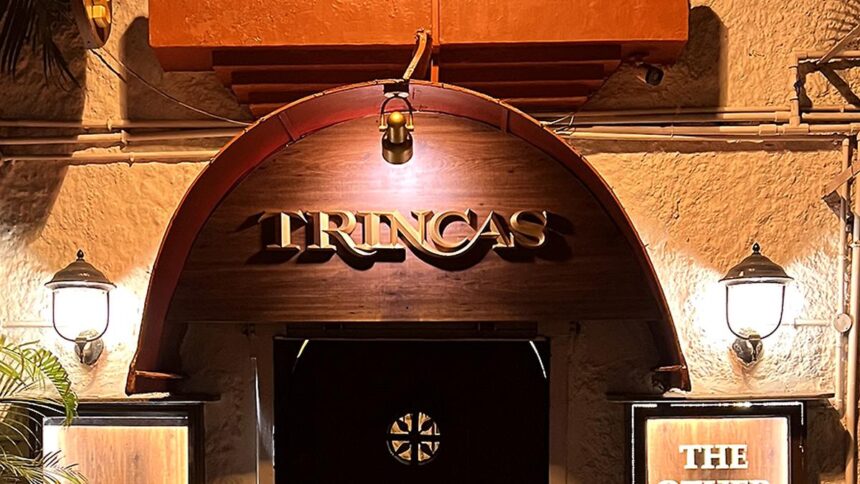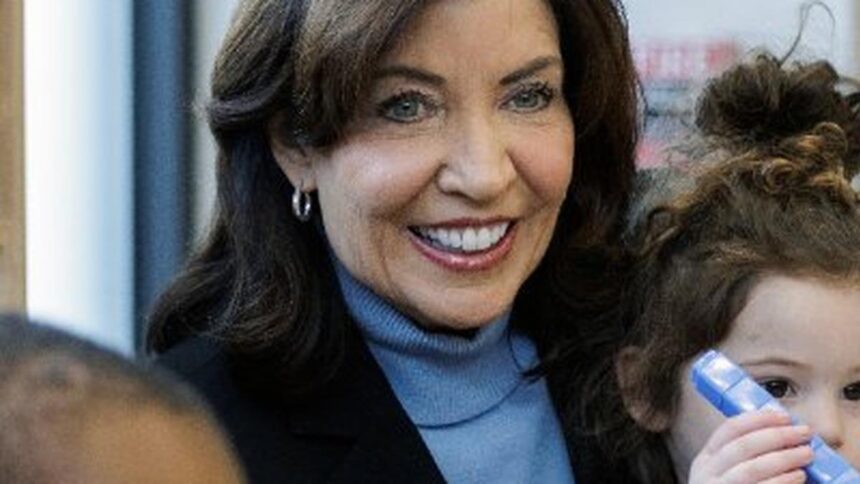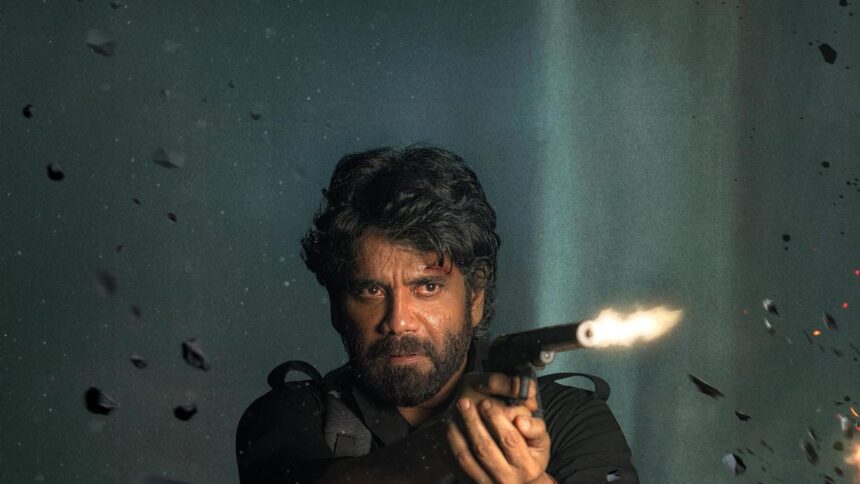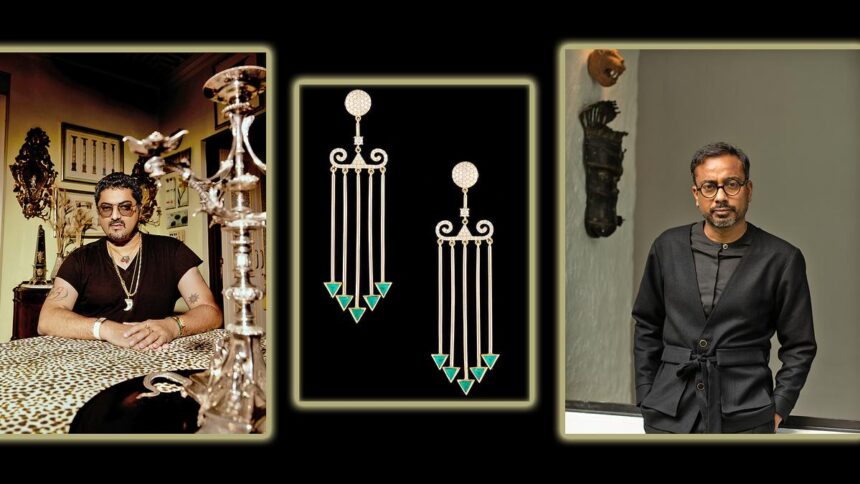This is the 50th year of the iconic Ayyappan song ‘Harivarasanam’, which is played every night in Sabarimala temple, as the final ritual of the day, at closing time. Sung by K.J. Yesudas, the song was tuned by G. Devarajan, respectfully adressed as Devarajan master.
Devarajan gravitated to music naturally. His father Paravur N. Kochu Govindan Asan, a renowned mridangist and singer of his time, had trained under the laya wizard Pudukotttai Dakshinamurthy Pillai. Govindan Asan ensured that Devarajan learnt vocal, veena and mridangam. Devarajan’s first Carnatic concert was at the age of 17 and he soon became a sought-after musician busy with stage and radio concerts.

With an aim to take classical music to everyone, Devarajan master set to tune many poems penned by well-known writers and included in his concerts too.
| Photo Credit:
Special Arrangement
Setting to tune popular poems
Devarajan wanted classical music to reach everyone. So, he set to tune poems by well-known authors such as Ulloor Parameswaran Iyer, Kumaranasan, Changampuzha G. Kumarapillai, O.N.V. Kurup, and P. Bhaskaran, and included them in his concerts. He joined the well-known drama troupe of Kerala, the Kerala People’s Arts Club (KPAC). ‘Ponnarival’, a song that Devarajan tuned and sang for KPAC, also found a place in his concerts.
He forayed into cinema with the 1955 film Kaalam Maarunnu. His songs remain popular, even years after he composed them. ‘Lehari lehari’ (from the film Bharya, 1962) and ‘Parakkum thaligaiyil’ (from the film Manavatti, 1964) are irresistible jaunty tunes. ‘Manavatti’ has the distinction of being the first Malayalam film with a woman script writer — Aswathy Mathen.
Myriad styles
The background music of ‘Chummathiri Ende Ponnaliya’ (by singer A.L. Raghavan) suggests the staggering of a tipsy reveller. ‘Kuttanadan Punjaiyile’ brings before your eyes the frenzied rowing of the Champakkulam vallam kali (snake boat races) and of boats knifing through the backwaters of Alleppey. ‘Ayiram padasarangal’ in Darbari Kanada (film Nadhi; 1969) is an aching melody, which shows how powerful the emotional language of music can be.
The iconic Ayyappan song ‘Harivarasanam’, sung by Yesudas and tuned by Devarajan is still played every night in Sabarimala temple.
| Photo Credit:
SAMPATH KUMAR GP
‘Thirupparkadalil’ (from the Tamil film Swami Ayyappan) is a classic Bhairavi. ‘Chethi mandaram thulasi’ (in raga Anandabhairavi) is a prayer to Guruvayurappan. It is an example of why sometimes less is more. Devarajan has used minimum musical instruments here, with the flute being prominent , endowing the song with an ethereal quality.
‘Sangam valartha Tamizh’ (from the Tamil film Tulabharam) in Chenjurutti, Punnagavarali and Kavadichindu mettu is a blend of classical and folk music. ‘Chandrakalabham’ (film Kottaram Vilkkanundu) is a salutation to the earth. And as Yesudas sings, “Is there any other place like this earth, with such divine music ?” one cannot help think that it is a song written for Devarajan master, who composed music for 343 Malayalam films and 12 Tamil films.
Classical ragas in film songs
Navaneeth Unnikrishnan, a student of Hindustani and Carnatic music, maintains a website on Devarajan, with the help of P.J. Sebastian (whoworked as a chief conductor for Devarajan) and Rex Isaacs (chief violinist in his orchestra). “Master learnt Hindustani from Pt. Krishnanand before he used Hindustani ragas in film songs,” says Navaneeth. “I am amazed at the way he used Kedar raga in the song ‘Chakravarthini’, without a trace of Hamirkalyani. ‘Swargaputhri navarathri’ (Mohanam); ‘Charumukhi usha’ (Saurashtram); ‘Himasaila saikatha’ (Sankarabharanam), ‘Premasarvaswame’ (Karaharapriya) and ‘Innenikki pottukuthan’ (Miya ki Malhar) are some of the raga-based songs. Through my own research and discussions with classical and non-classical musicians who worked with master, I’ve identified more than 120 Hindustani and Carnatic ragas used in his film and drama music. There could be more. His tabla patterns were innovative, as, for example, in the song ‘Sree nagarathile’.
Working with stalwarts
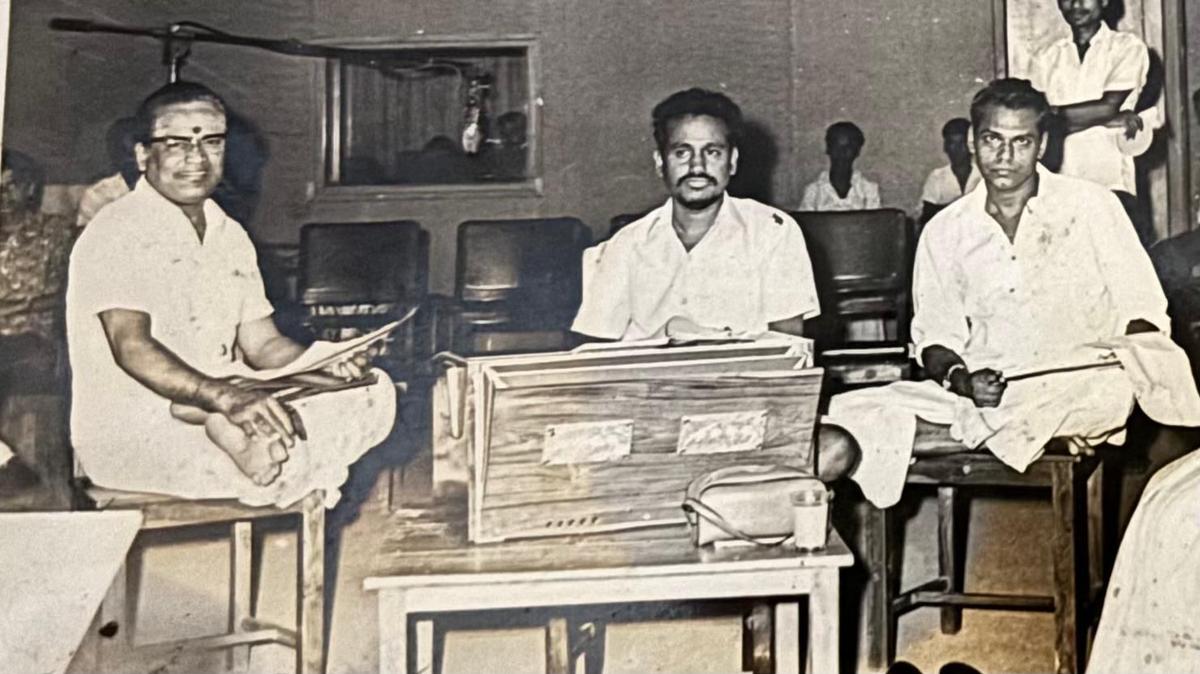
Devarajan master with T.M. Soundararajan and R.K. Sekar during a recording.
| Photo Credit:
Special Arrangement
Many musicians have played for his film songs, including mridangistsGuruvayur Dorai and Madurai T. Srinivasan, flautists N. Ramani and Prapancham Seetharam, violinists L. Subramaniam and L. Shankar, Vainika Chittibabu, sitarist Janardhan Mitta, ghatam player Vikku Vinayakram and sarod player K. Sridhar. R.K. Shekar (A.R. Rahman’s father) was a conductor in his orchestra and Ilaiyaraaja played the guitar and combo instruments for some of his songs. Devarajan Master composed music for about 2,221 (film and non-film) songs and wrote the book Sangeetha Sastra Nava Sudha, which is a study of all forms of classical music across the world.”
Devarajan’s daughter, Sharmila, says, “If asked to give a tune before the lyrics were ready, my father would refuse. He felt it was unfair to the lyricist.” This, perhaps, explains the chemistry he shared with lyricist Vayalar Ramavarma. Some of Devarajan’s best tunes were for his lyrics.
“He would compose music between 2 a.m. and 4 a.m. , come up with three or more tunes and then go to sleep. Whichever tune he remembered when he woke up would be the one to make its way into the film,” says Sharmila. “His argument was that if he himself could not remember a tune, then listeners wouldn’t find it appealing.”

Sangeetha Sastra Navasudha, the book authored by G. Devarajan.
| Photo Credit:
Special Arrangement
Devarajan left indelible imprints in all genres of music. He established the Shaktigadha Choir, translated major Indian ragas to chord progressions and composed 162 shatkala pallavis, some of them in apoorva ragas. At his 75th birthday celebrations in Kochi, his Shatkala pallavi ‘Saravana bhava guhane’ in Shanmukhapriya, was performed by Mavelikkara Prabhakara Varma and his disciple Mavelikkara Subramaniam. This was followed by vocalist Krishnakumar’s rendition of his pallavis. “ His Shatkala pallavi, ‘Prapanchodbhava kaarana’ (raga Vinodini), in Sankeerna jati ata tala, expresses his gratitude for his life,” says Krishnakumar. Master had set to tune some of Narayana guru’s songs, and 10 singers, including me, have rendered them.
Fine Arts Society in Paravur, Kollam, is setting up the Devarajan Master Museum and Study-Research Centre. The museum will house his musical instruments, besides his awards, song notations, gramophone, 78 rpm records and books on music.
Published – August 23, 2025 04:03 pm IST




